Each year, thousands of photographers make the trip out to a freezing cold Yosemite National Park in February for the chance—just the chance, no guarantees—that they might get to see the famed “firefalls.”
The firefall we’re talking about isn’t this one, where the Glacier Point Hotel literally dumped hot embers from the top of glacier point to the valley 3,000 feet below. They stopped doing that one in 1968 by order of the national park itself.
No, we’re talking about the amazing natural phenomenon where the sun, while setting, hits Horsetail Falls in Yosemite JUST right and makes it glow like it’s on fire. The pictures… well, they speak for themselves:
The photo above was captured by 500pxer Raks Iyer, and he reached out to us to share his experience shooting this amazing phenomenon. If you’ve ever wondered what it’s like to capture this incredible event, wonder no longer.
Shooting Yosemite’s Iconic ‘Firefall’
by Raks Iyer
Freezing days and a need for snow chains on your tires means the Yosemite Valley doesn’t always draw big crowds in the middle of Winter. The only exception is an amazing, short-lived natural phenomenon.
It’s called the firefall, and it happens during Golden Hour when the sunset sweeps across the face of the cliffs to align perfectly with Horsetail Fall, causing the waterfall to glow in the dazzling colors. The effect gives the impression of falling lava or a raging inferno and it’s every bit as incredible as it sounds.
As nature dictates, the show varies from year-to-year and day-to-day… even minute-to-minute. Weather can make or break the event and, as often is the case, it may not occur at all. It usually lasts for 12 days in late February provided a few conditions are met: enough snow has to melt atop El Capitan, you need a clear sky to the west at sunset, and the setting sun has to hit the falls at right angle.
This year, all these forces came together to yield the first successful ‘firefall’ since 2011.
If you want to capture the falls yourself next year, here are some things you should know:
1. Arrive early to secure a good spot. I heard of people securing spots as early as 6AM for the sunset that night! I shot this about 100 meters from Cathedral Beach Picnic area in frigid cold water.
2. Use a long range lens (100-200MM) and tripod. I used a 150mm Sigma on D810 body.
3. My Camera Setting: Aperture Mode, f11, ISO ~320 (keep adjusting as per light conditions)
4. Pack a LOT of patience: Clouds often cause many to give up early, only to have the sun pop out at the last minute creating fantastic light that lasts just a few minutes before it’s gone.
5. Timing: This happens between approximately 5:15 and 5:45pm, so be sure to stick it out to the last minute.
6. Be courteous to other photographers. There will 100s of them and close to a million dollars of equipment onsite.
7. Get creative, try out a lot of angles before you decide on one… then STICK TO IT. When the time comes, take the shot.
8. Most importantly, GOOD LUCK!!
This is one sunset that will stay with me forever. I arrived at Yosemite on Sunday hoping to catch a glimpse, but clouds to the West ruined it. I returned on Monday to claim a spot near cathedral beach picnic area (south drive) around 2pm. I was joined by hundreds of other photographers.
I framed this shot hours in advance, using the tree branches as leading lines while I waited for the moment, imagining how it would be for a first timer. With 5 minutes left to sunset there were still no signs; disappointed, many started wrapping up and booing the clouds. But then…
With just 2 mins left to sunset the magic happened.
It was so quick that one minute it was there and the next it was gone. Patience wins! What a night…



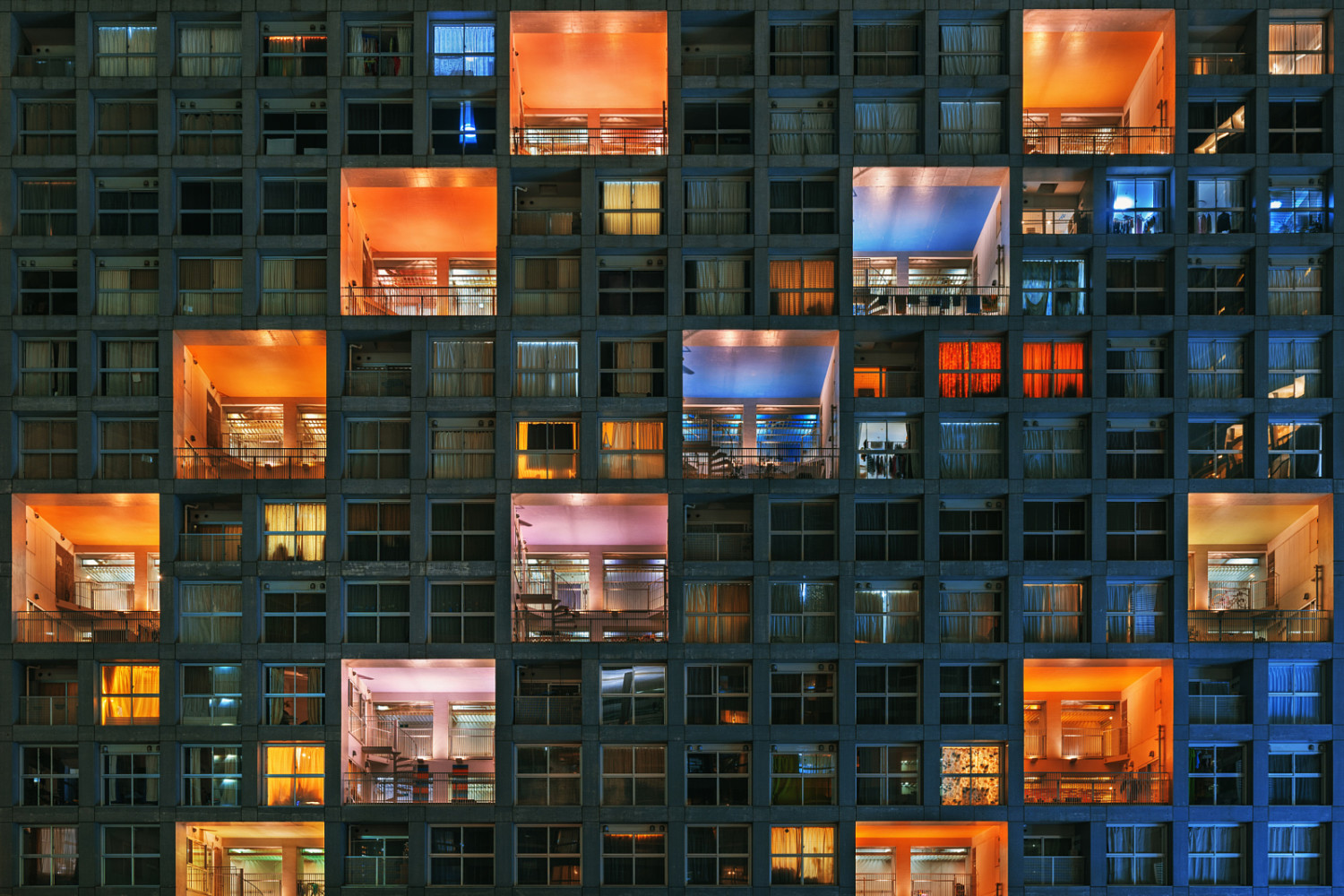
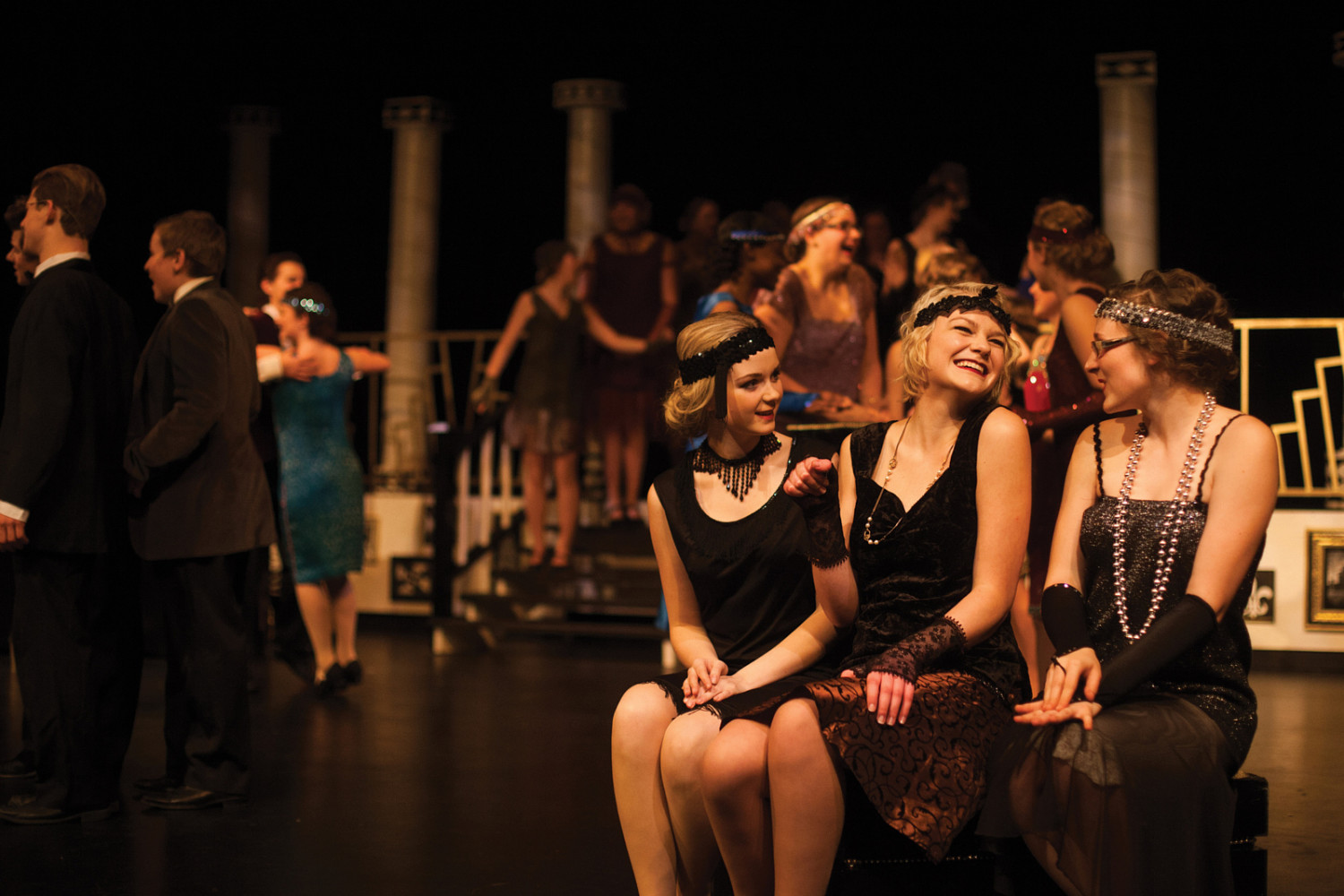
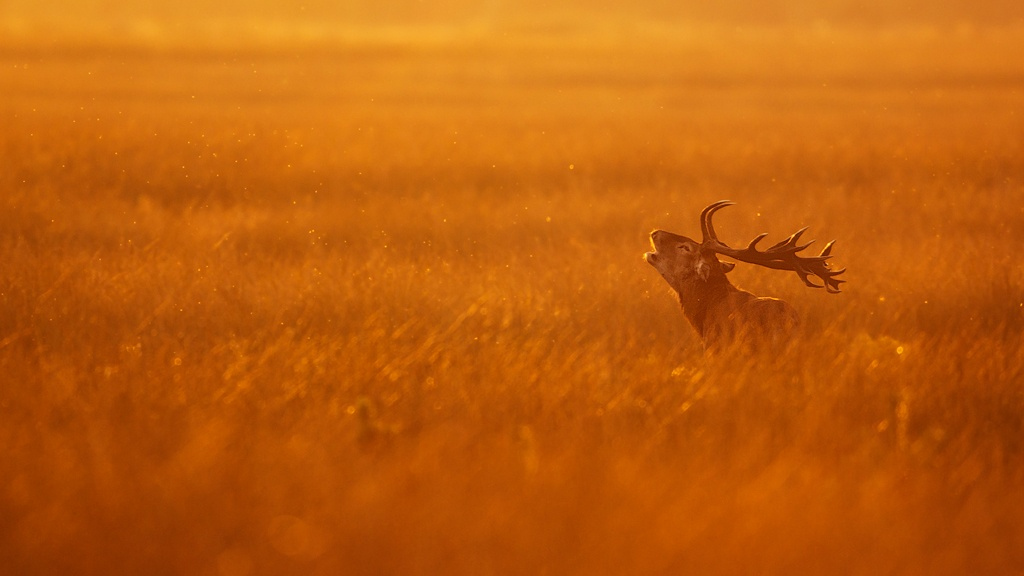
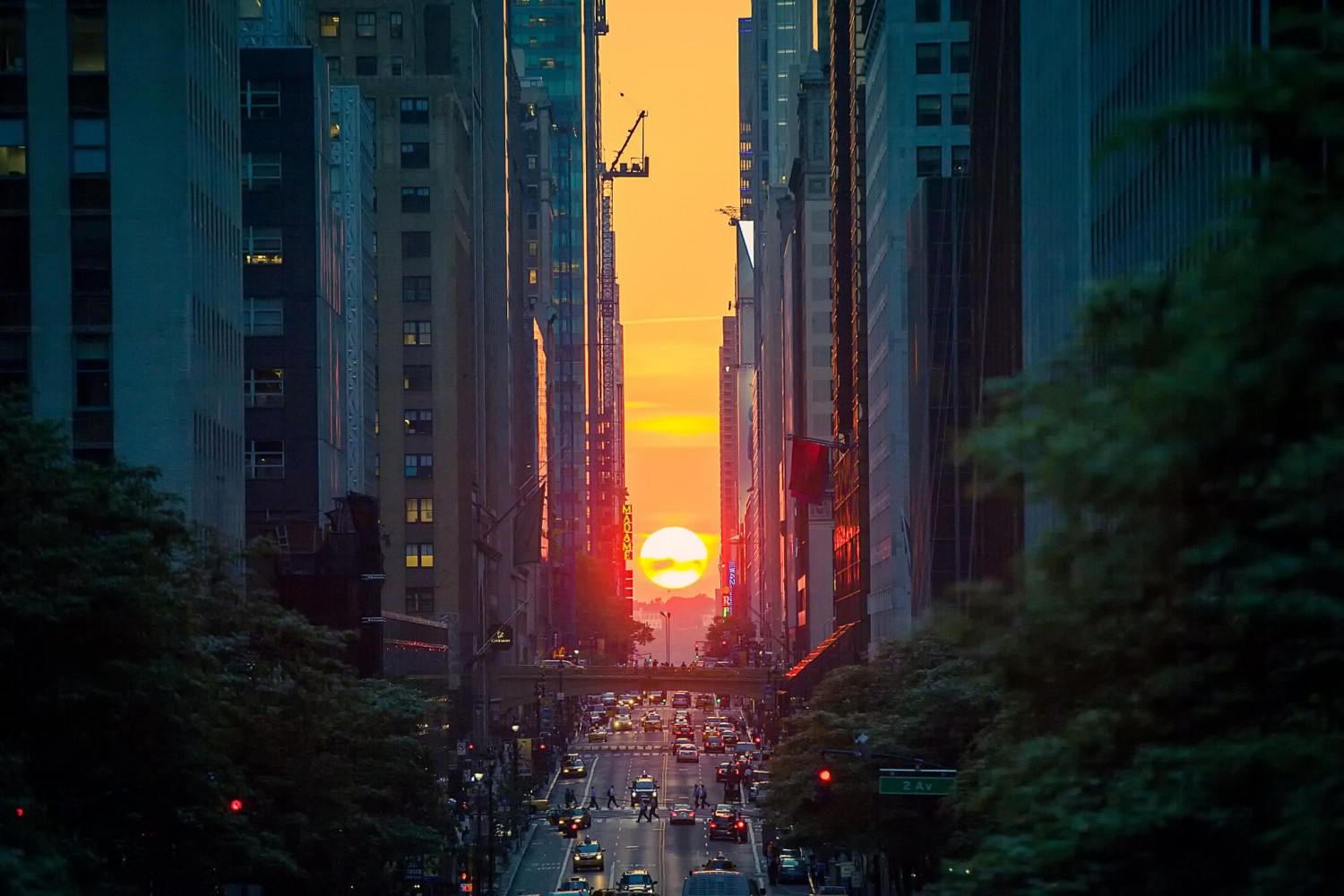
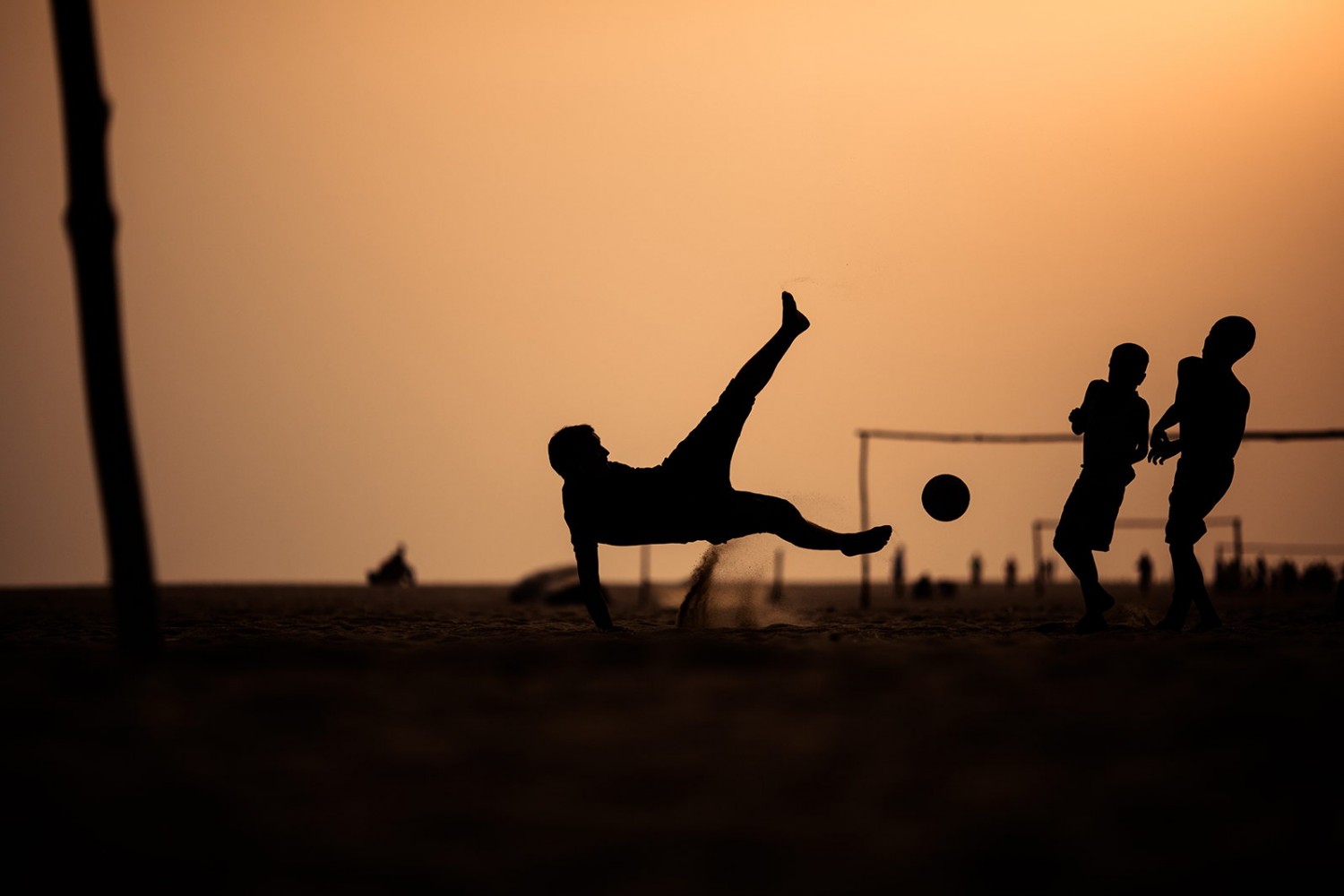
Leave a reply